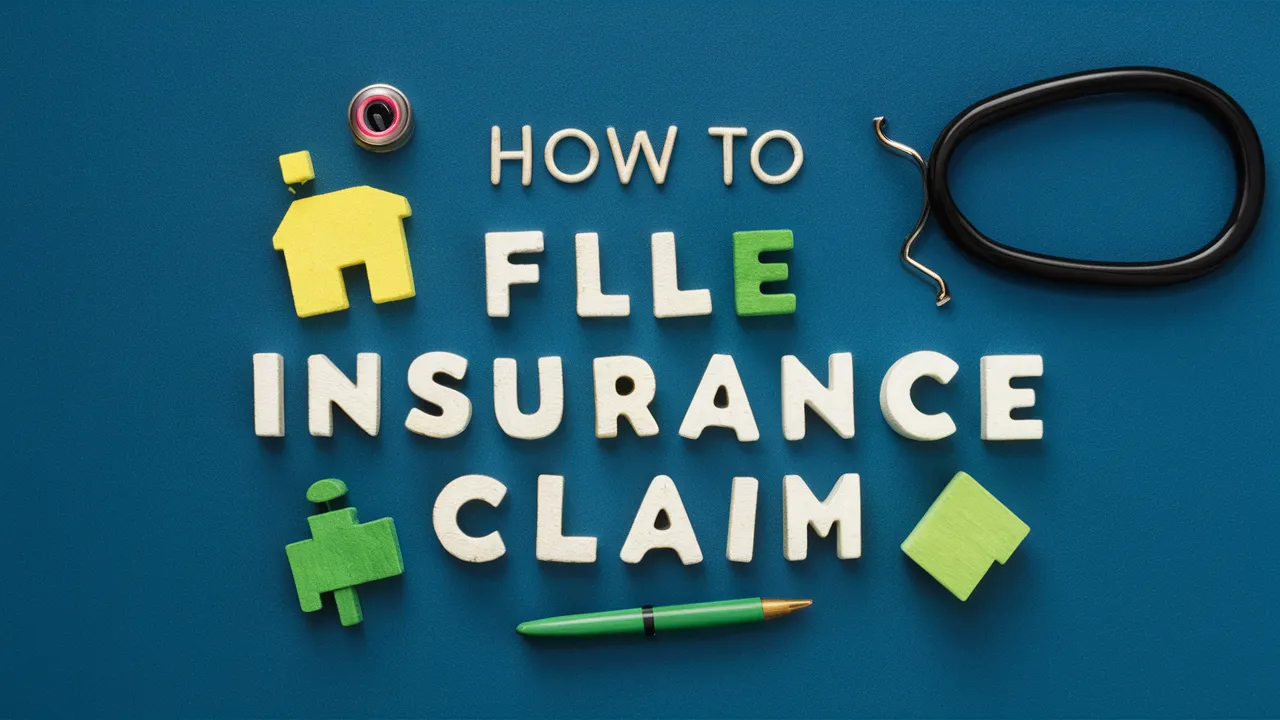Suffering unexpected losses or damages that are covered under insurance policies you had purchased can be extremely stressful and overwhelming. While having adequate insurance covers protects your financial interests, you need to follow proper procedures and file claims correctly to receive rightful payouts smoothly.
In this step-by-step guide we’ll understand how to file an Insurance Claim and process for common people so that getting settlements become easy.
Step 1: Intimate Insurance Provider Immediately
Inform respective authorities and your insurance provider about the incident immediately through available phone helplines or online notification channels set up to allow prompt intimation.
This sets the claims processing in motion much faster and avoids delays that can impact settlement amounts later. Hence, keep your policy documents and insurers’ contact helpline numbers handy always to provide necessary initial information correctly.
Inform them clearly if emergency medical care or alternate accommodations are needed apart from just loss assessments.
Step 2: Secure Incident Site & Gather Preliminary Evidence
Protect the accident site appropriately until relevant authorities like police or insurer representatives intervene. Take ample pictures and videos to clearly capture the extent of losses or damages like vehicle collisions, property destruction etc.
Get contact details of all people involved and witnesses present at site. Note down the incident details including causes, circumstances and timelines clearly as insurers require detailed preliminary incident reporting even if authorities prepare formal reports later.
Step 3: Consult Authorized Service Centres
For vehicle damage or health insurance claims during medical emergencies, consult authorized garages or network hospitals empanelled by the insurer immediately. Choosing cashless procedures through the insurer’s approved garages or hospitals minimizes what you need to pay instantly.
It also reduces documentation efforts later. If network options are unavailable nearby, gather repair estimates, original medical investigation reports, pharmacy bills etc. from the independent centres you visited.
Step 4: Formally Intimate Insurers & Follow-Up
Formally intimate the insurance provider again through written intimation at the earliest using appropriate claim forms available. Submit duly-filled claim intimation forms with necessary preliminary documentation as required by each insurer.
These vary across companies, hence refer policy wordings carefully on claims processes section before filing. Follow-up regularly on claim status through available tracking tools or customer care touchpoints.
Provide any additional documents or clarifications sought by claims teams promptly. Quick submissions after incidents facilitate faster claims processing.
Step 5: Cooperate Fully with Investigations
Insurers appoint surveyors or investigators to inspect loss sites, damaged properties or facilities to record statements especially for high-value claims before proceeding with claim settlements.
As policyholders, cooperate with the investigating officers fully during such processes by:
- Providing clear verbal or written statements explaining the circumstances of losses, damages, emergency situations etc. as applicable
- Facilitating site surveys at damaged property location or inspection of vehicle wrecks
- Supporting assessment of repair requirements or loss quantification estimations
- Answering all queries raised transparently even if repetitive
Step 6: Ensure Complete Paperwork, Avoid Errors
Submit all documents correctly that support the insurance claim without errors or omissions of details. Standard papers needed include, properly filled claim forms capturing personal, policy and loss details; original repair estimates from garages; final invoices and payment receipts; photographs and video evidence depicting damage; copies of police complaints, FIRs or medico-legal reports wherever mandatory; and finally KYC documents.
Incorrect or contradictory paperwork can delay claims processing and settlements drastically so ensure you complete all formalities meticulously within submission deadlines conveyed by insurers.
Step 7: Track Status Regularly, Follow-Up
Stay adequately updated regularly on claim status by tracking online using tools provided or calling up dedicated helplines.
In case processing delays stretch beyond the stated turnaround times or you do not receive periodical status updates, follow up immediately at higher levels to understand reasons and resolve pending queries or submissions from your side.
While being cooperative with claim teams, also be firm for quicker settlements that you rightfully deserve.
Step 8: Evaluate Settlements Carefully
Based on policy terms and approved claim eligibility, insurers settle by arranging repairs through authorized garages, delivering replacements for damaged assets or encashing insured value.
Check all provided settlement options carefully before accepting claim closure. Scrutinize claim rejections reasons or deductions in approved amounts closely to identify any opportunities for reconsideration requests.
Step 9: Close Claim upon Receiving Payouts
Upon finally receiving claim disbursals into your linked bank accounts either fully as requested or after applicable deductions, intimate insurers formally regarding claim closure acceptance as required.
This completes the overall cycle. Preserve soft and hard copies of all claim processing documents and communications safely for future requirements during financial audits or tax filings if any.
Step 10: Reassess Insurance Covers
Use the first-hand claim settlement experiences to re-evaluate whether your existing insurance covers adequately protected your financial interests during the times of distress or left you exposed to unbearable out-of-pocket expenses.
Accordingly, make incremental enhancements to address gaps either through add-ons or newer policies before next renewals based on lessons learnt.
